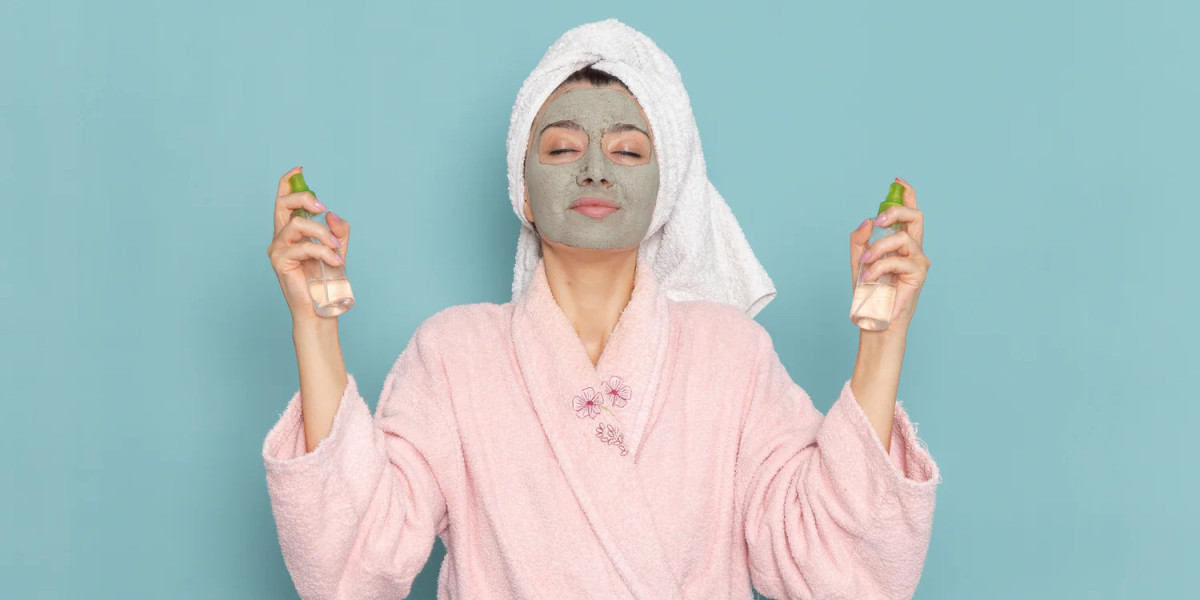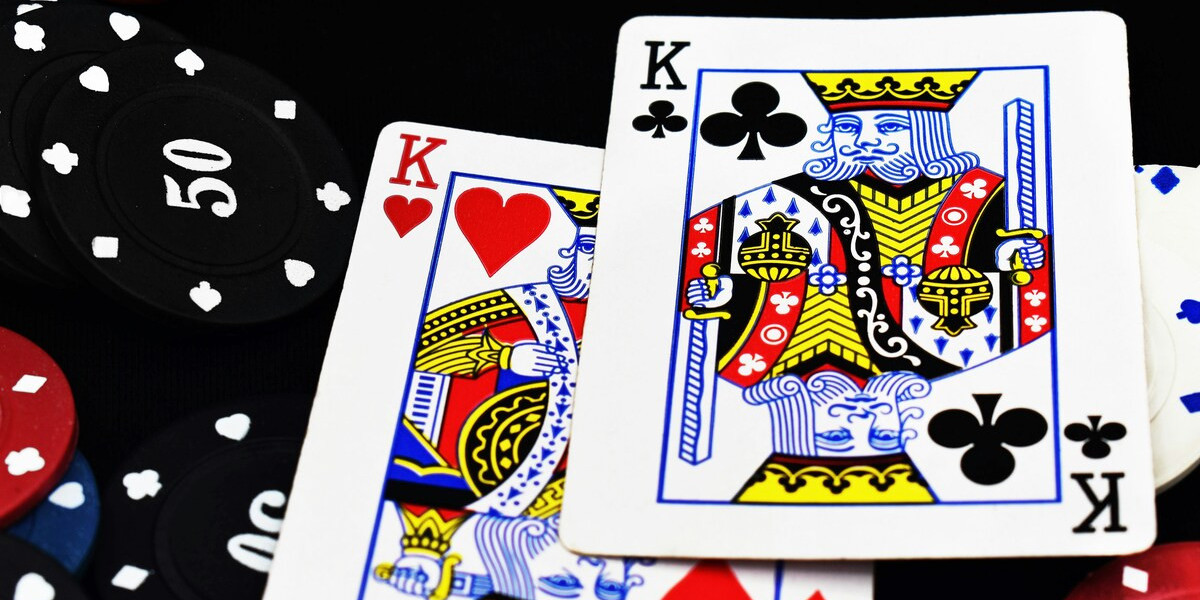How does layering products differ between Japanese and Korean skin care routine?
In the realm of skincare, both Japanese and Korean skin care routine have garnered considerable global acclaim for their effectiveness and creativity. Although both cultures prioritize achieving glowing, healthy skin, the method of layering products—an integral component of skincare—varies markedly between the two. Let’s delve into these differences and explore what distinguishes these skincare ideologies. However, it is important to note that each system offers unique benefits, which can be advantageous for various skin types (because personal needs often dictate the best choices).
1. The Philosophy Behind the Routine
Japanese Skin Care Philosophy: The essence of Japanese skin care routine lies in its simplicity and adherence to tradition. This approach emphasizes minimalism and the pursuit of balance, utilizing fewer, yet remarkably effective products. The ultimate aim is to nurture the skin progressively, with a strong emphasis on hydration and protection. Korean Skincare Philosophy: Conversely, Korean skincare is centered around innovation and personalization. Renowned for its intricate multi-step routines, it prioritizes the layering of diverse products to address distinct skin concerns. The primary objective is to attain what is known as "glass skin"—a term used to describe a translucent and dewy complexion.
2. The Number of Steps
Japanese Skin Care: Generally, the skincare regimens from Japan consist of fewer steps—typically between 4 and 6. The essential components (which are crucial) include cleansing, lotion (serving as a hydrating toner), serum, moisturizer and sunscreen. This method is both straightforward and efficient; however, Korean Skincare differs significantly. In contrast, the Korean skincare regimen is renowned for its elaborate nature, often extending from 7 to 10 steps (or sometimes even more). Although this level of complexity can seem daunting, many find it effective. These steps may involve double cleansing, toner, essence, ampoule, serum, sheet mask, eye cream, moisturizer and sunscreen.
3. Product Types and Functions
Japanese Products: In the realm of Japanese skincare, items such as lotions (which can be viewed as a fusion of toner and essence) and emulsions (lightweight moisturizers) are essential. These products serve to hydrate and prepare the skin, all while preserving its natural equilibrium. Sunscreen stands out as a key product; it frequently serves a dual purpose, providing both protection and added moisturizing as well as brightening advantages. Korean Products: Conversely, Korean skincare presents a broad spectrum of offerings, which include essences, ampoules and sheet masks.
4. Texture and Application
Japanese Skin Care: Products from Japan are recognized for their lightweight, watery textures, which facilitate effortless layering without a cumbersome feel. The application methods typically entail gently patting the products into the skin, thereby enhancing absorption. Korean Skincare: In contrast, Korean products exhibit a broad spectrum of textures—ranging from watery essences to opulent creams. The layering process necessitates applying products in order of consistency, starting with the lightest and progressing to the heaviest. It is crucial that each layer is absorbed before proceeding to the next. Techniques such as massage and tapping are frequently employed to stimulate circulation and improve absorption. However, the differences in application methods reflect distinct cultural approaches to skincare.

5. Focus on Key Ingredients
Japanese Skin Care Ingredients (1): The realm of Japanese skin care routine places significant emphasis on traditional components, such as rice bran, green tea, camellia oil and hyaluronic acid. These elements are highly regarded for their hydrating and antioxidant properties, which promote long-term skin health. Conversely, Korean skincare ingredients are widely celebrated for their innovative and exotic nature; including snail mucin, ginseng, propolis and fermented extracts. However, both approaches share a common goal: achieving radiant skin. Although the ingredients differ, they each provide unique benefits to the skin. This diversity in formulations enriches the overall skincare experience, but it can also lead to confusion among consumers. Because of this, understanding the distinct attributes of each skincare philosophy is crucial for making informed choices. Because of this, understanding the distinct attributes of each skincare philosophy is essential for making informed choices. Although these ingredients are diverse, they effectively address specific skin concerns. This provides a tailored approach to skincare; however, it's important to note that both traditions offer unique benefits.
6. Cultural Influence
Japanese Skincare: The Japanese methodology embodies a "less is more" philosophy; this perspective prioritizes prevention and the upkeep of healthy skin over extended periods. The ritual serves as a means of relaxation and self-care, however, it is equally focused on skincare. Korean Skincare: In contrast, Korea views skincare as a revered ritual (often regarded as an investment in self-expression and beauty). The multi-step regimen corresponds with the Korean cultural values that emphasize flawless, youthful skin, although it also celebrates the joy of experimenting with various products.

Final Reflection
Both Japanese and Korean skin care routine are celebrated for their distinct strengths, providing effective solutions that address a variety of preferences and needs. Japanese skin care routine, for instance, is particularly crafted for individuals seeking a minimalist and efficient routine. In contrast, Korean skincare, recognized for its multi-step methodology, attracts those who relish the opportunity to experiment and customize their regimen to achieve specific results. By comprehending the nuances of product layering, one can select a regimen that corresponds with their lifestyle, skin type and beauty goals. Although you may prefer the simplicity of Japanese skincare, this innovative essence of Korean techniques offers its own appeal; however, both paths ultimately guide you toward attaining radiant and healthy skin.






